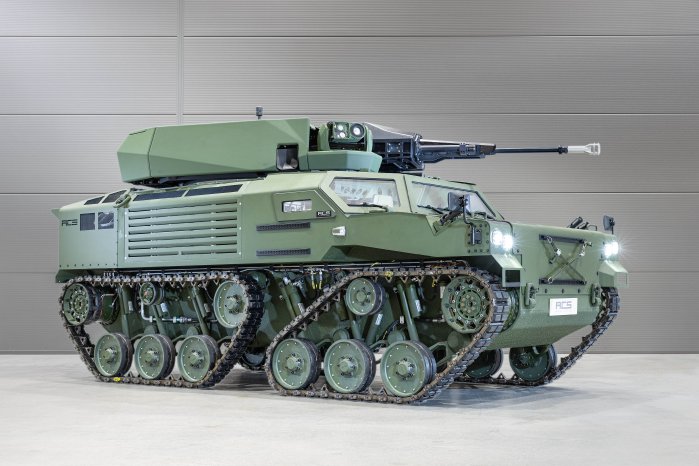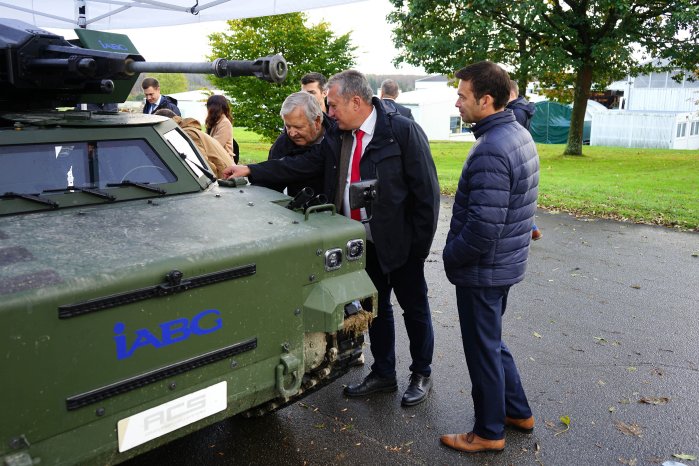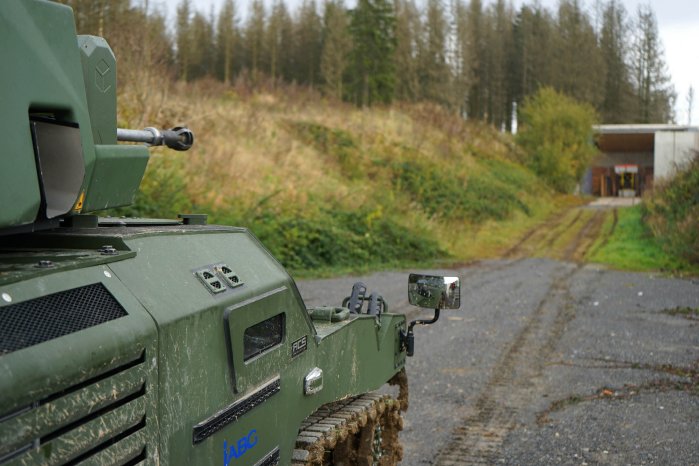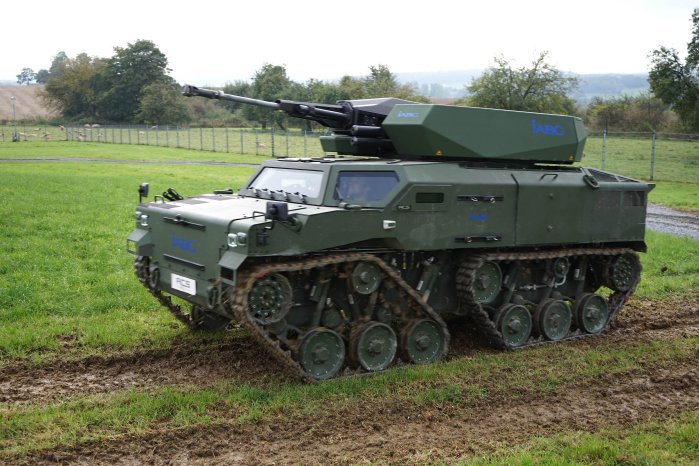As a product-neutral general contractor on behalf of the BAAINBw, IABG thus achieved a further milestone in the project, which has been running since April 2020. The aim of the project is to investigate concepts and technologies for a possible successor system to the Wiesel 1 weapon carrier. Despite the difficult, pandemic-related boundary conditions, the GSD LuWa was successfully implemented on schedule and commissioning commenced after only 17 months of intensive project work. The German companies ACS and FFG as well as Valhalla Turrets from Slovenia were integrated into the project as project partners.
The GSD LuWa is intended to investigate the behaviour of technologies in a system of systems framework. This applies in particular to those technologies and subsystems that involve novel approaches and promise the highest possible degree of requirement fulfilment, but at the same time still carry development risks. These include a 27-millimetre autocannon to increase the combat range and weapon effectiveness, a diesel-electric hybrid drive for silent running mode, and a split and levellable tracked undercarriage for helicopter loading and emergency running. All requirements are to be demonstrated under the boundary conditions of a weapon carrier that can be airlifted into the CH-53 medium transport helicopter. On the one hand, this allows the feasibility and system compatibility to be assessed at an early stage and thus the functionality of the above-mentioned subsystems and concepts to be examined. On the other hand, IABG contributes to a consistent and transparent requirements engineering from the beginning of the project.
The GSD LuWa contains not only the actual vehicle with weapon system, but also a crew compartment demonstrator and a so-called digital twin. With this combination, IABG was able to help capture the existing operational know-how of the previous Wiesel crews and make it usable for the further steps in the armament process. Furthermore, the ergonomics as well as technological and tactical capabilities of a successor system were evaluated and optimised.
This serves to prepare the upcoming solution proposals of the BAAINBw, to gather the necessary facts and figures for a selection decision, to reduce risks, to increase the innovation progress and the operational value of the future system, and to set the course for the realisation of a later series.





